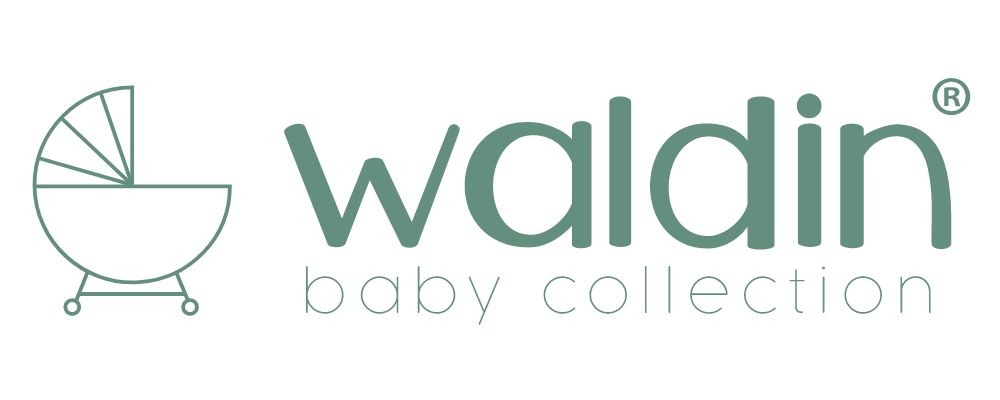How to Make Your Baby’s Crib Safe and Comfortable

Creating a safe sleep space is one of the most important and caring gestures you can offer your child. We know you want to take care of every little detail to make sure your baby is fully protected.
Although a crib may seem like a simple piece of furniture, it hides many aspects that are crucial for your baby’s health and comfort. In this step-by-step guide, we’ll walk you through everything you should pay attention to in order to ensure peaceful nights and carefree naps for both of you.
Step 1: How to Check and Confirm the Safety of the Crib’s Structure
Crib safety is confirmed by checking the PN-EN 716 certification label, the material (e.g., solid beech wood), and the overall stability of the assembly.
How to verify the construction:
Find the certification label: Look for the PN-EN 716 compliance mark on the crib frame or in the instruction manual.
Check the material: Make sure the crib is made of solid wood. This material ensures greater durability and stability than particleboard. The surface should be smooth and coated with non-toxic paint compliant with EN 71-3 standards.
Test stability: Once assembled, try gently moving the crib. The structure should not wobble. All screws must be tightly secured. Measure the distance between the slats — the correct spacing is between 4.5 cm and 6.5 cm.
Step 2: How to Properly Install and Use Accessories
Correct installation of accessories is essential for safe use. Every additional element must be secured in a way that prevents any risk to the baby.
How to attach a safety strap to a bedside crib:
Pass the strap around the parents’ bed frame and tighten it until there’s no gap between the mattresses. Once fastened, try pulling the bedside crib away from your bed — it shouldn’t move.
How to attach a canopy safely:
Mount the canopy on a stable frame and make sure the fabric stays outside the crib, where it can’t fall in. Regularly check the stability of the frame. Choose lightweight and breathable fabrics.
How to use wheels with brakes:
Activate the wheel locks (brakes) after every repositioning to keep the crib stable. Before placing your baby inside, check that at least two of the wheels are locked.
Step 3: How to Maintain Ongoing Safety Through Regular Checks
Consistent safety comes from regular weekly inspections of the crib’s stability, mattress condition, and accessory fittings.
Weekly safety checklist:
Check screws and joints: Try moving the crib frame. Tighten any loose screws.
Inspect the mattress: Make sure it’s still firm, flat, and free of indentations.
Check accessory fittings: Ensure the bedside strap is tight and the canopy frame is stable.
Securing the crib isn’t a one-time task — it’s a continuous process of verifying the structure, sleep space, and accessories. Regular checks are key to maintaining a safe environment for your baby.

